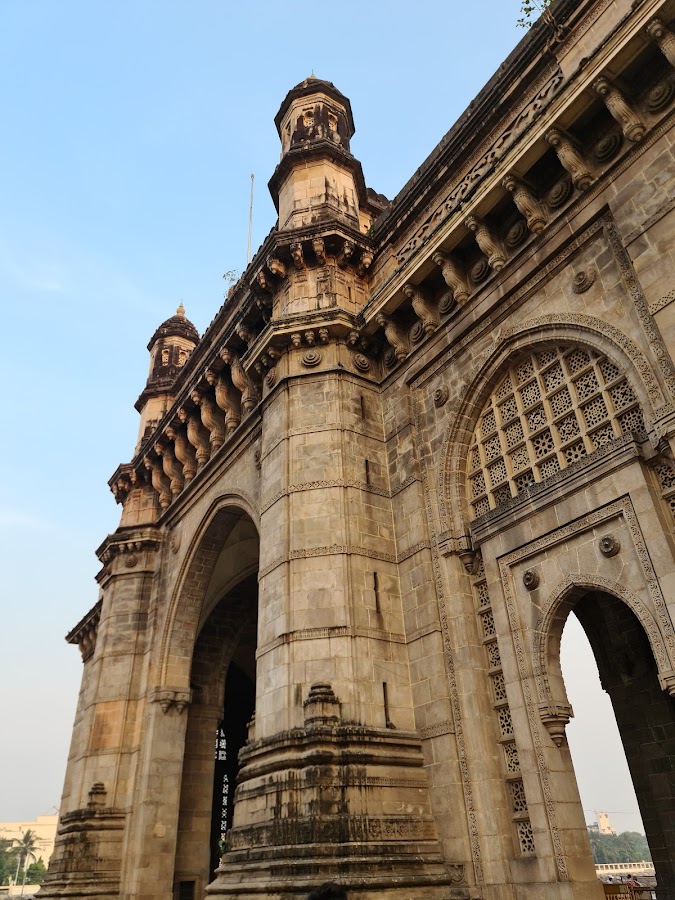
Gateway of India
Mumbai, India
- Enjoy street food
- Explore the surrounding area
- Take a ferry to Elephanta Island
- Take photos of the arch
- Watch the sunset over the Arabian Sea
Known for:
Description:
The Gateway of India is an arch monument built during the 20th century in Mumbai, India. It is one of the most unique monuments in India and is a must-see for any visitor to Mumbai. Located on the waterfront in the Apollo Bunder area in South Mumbai, this imposing monument overlooks the Arabian Sea. The Gateway of India is a basalt arch, 26 meters (85 feet) high. It blends the architectural styles of 16th-century Gujarati architecture and Roman triumphal arches. Tourists can take a ferry from the Gateway to visit Elephanta Island, a UNESCO World Heritage Site featuring cave temples. Street vendors and local food stalls surround the monument, offering snacks and souvenirs. The area is always bustling with activity, making it a vibrant and exciting place to visit.
History:
The Gateway of India was erected to commemorate the landing of King George V and Queen Mary at Apollo Bunder on their visit to India in 1911. However, they only saw a cardboard model of the final structure. The foundation stone for the Gateway of India was laid in March 1911. The final design of architect George Wittet was sanctioned in 1914, and construction was completed in 1924. The last British troops to leave India following independence passed through the Gateway in a symbolic ceremony in 1948, signifying the end of British rule. Today, the Gateway of India stands as a reminder of India's rich history and a symbol of Mumbai.